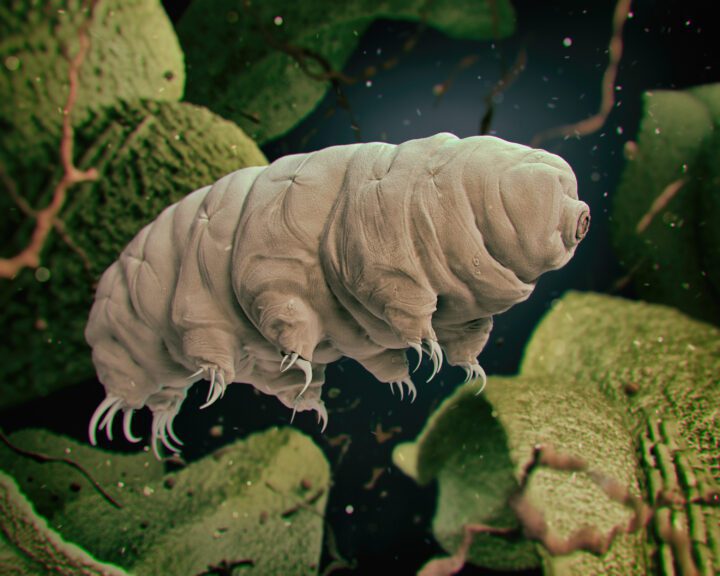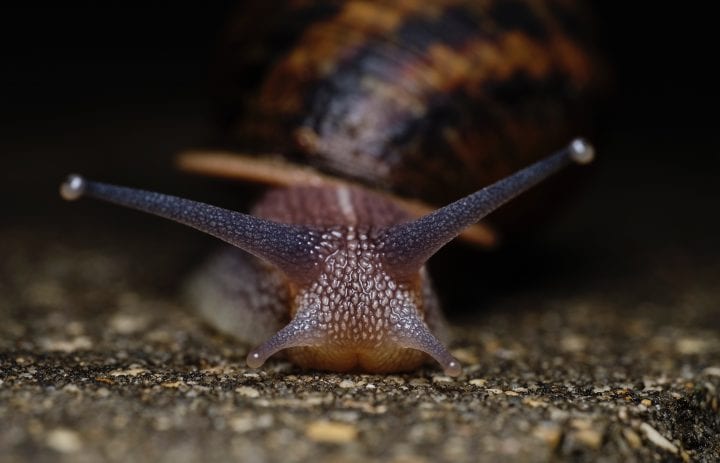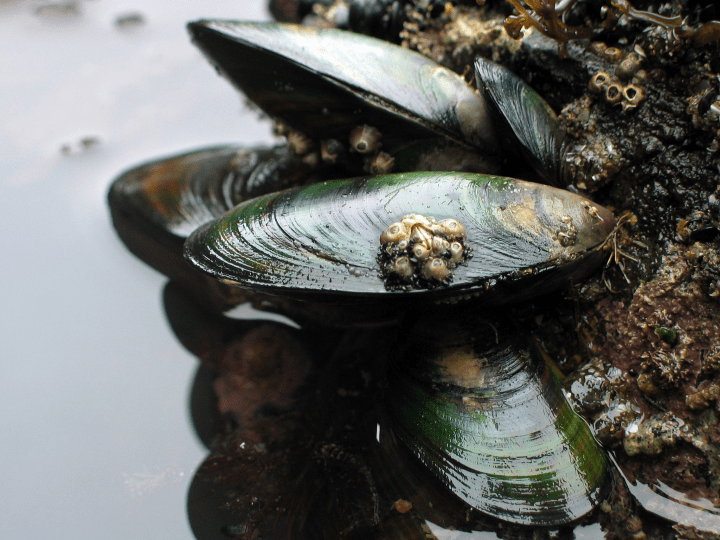Sampling device from UC San Diego is a claw-like device that can collect soil samples with minimal loss during extraction.
Benefits
- Durable
- Precise
Applications
- Geotechnical engineering
- Soil sampling
- Outerspace exploration
UN Sustainable Development Goals Addressed
-

Goal 9: Industry Innovation & Infrastructure
The Challenge
For several occupations, soil sampling is a necessary task. Geotechnical engineers, environmental teams, and even space rovers on other planets may sample soil to gather data about the nature of a particular area. However, common sampling methods frequently disturb surrounding habitats and are inefficient, dropping significant portions of soil during the grab.
Innovation Details
The sampling apparatus is a 3D-printed, claw-like device. It has five small prongs with flattened ends arranged in a circular pattern. The claw is deployed in an open position, and once it reaches the soil, it closes to collect the sample. The device can be attached to a small rover to sample soil in a variety of extreme environments, including zero-gravity conditions.

Biomimicry Story
Sea urchins eat using a structure called Aristotle’s lantern, made up of five sharp plates that close together to form a beak. Sea urchins have a seemingly insatiable appetite for algae and kelp and use their sharp teeth to slowly munch away kelp pieces and scrape algae off of rocks.






